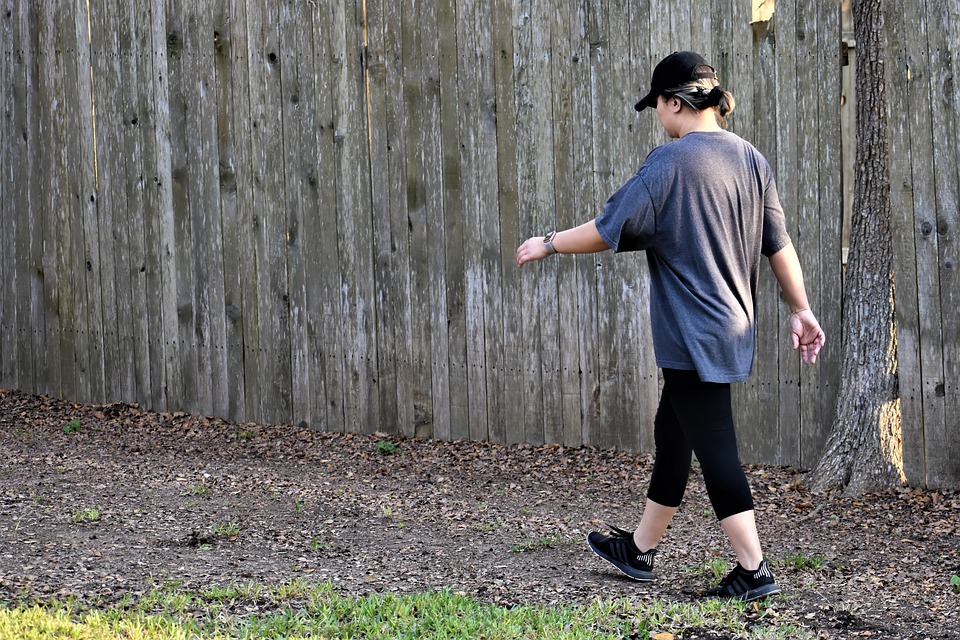The Evolution of Cardio: How Aerobic Exercise Has Changed Over the Years
Cardiovascular exercise, commonly referred to as cardio, has long been a cornerstone of physical fitness, contributing significantly to heart health, weight management, and overall well-being. Over the years, the understanding and execution of aerobic exercise have undergone considerable transformations, driven by advances in research, changing fitness trends, and the emergence of new technologies. This article explores the evolution of cardio, highlighting key milestones, shifts in popular practices, and the future of aerobic exercise.
The Origins of Aerobic Exercise
Historically, exercise was rooted in the necessity of survival. Early humans engaged in physical activity to hunt, gather, and escape predators. However, the formalization of aerobics as a structured form of exercise began in the mid-20th century, spurred by an increasing awareness of the importance of cardiovascular health.
The publication of Dr. Kenneth Cooper’s book “Aerobics” in 1968 marked a pivotal moment in the fitness community. Cooper, an Air Force physician, introduced the concept of endurance training and its benefits to heart health. His research laid the groundwork for a new understanding of exercise physiology, emphasizing the significance of oxygen consumption—what we now refer to as VO2 max.
The Aerobics Boom of the 1980s
The late 1970s and early 1980s witnessed a fitness explosion, with the popularity of aerobics classes surging across the United States and beyond. Influential figures like Jane Fonda emerged, pioneering the home workout video culture. Fonda’s "Workout" video became a cultural phenomenon, introducing leg warmers, brightly colored spandex, and high-energy music into the cardio landscape.
This era also saw the proliferation of group fitness classes, which provided a social and motivational aspect to exercise. More than just a workout, these classes fostered a sense of community and camaraderie among participants, leading many to discover the joys of aerobic exercise.
The Rise of Technology and Specialization
As we moved into the 1990s and early 2000s, technological advancements transformed the way people engaged in cardio. The emergence of home fitness machines, such as treadmills, elliptical trainers, and stationary bikes, enabled individuals to incorporate aerobic exercise into their daily routines without needing a gym. The growing popularity of heart rate monitors allowed for more personalized training regimens, enabling exercisers to track their intensity and optimize their workouts for better results.
During this time, cardio began to diversify, with various specialized modalities emerging. High-Intensity Interval Training (HIIT) gained traction, offering an efficient way to achieve cardiovascular benefits in shorter periods. This approach appealed to busy individuals who sought quick and effective workouts. Alongside HIIT, other variations, including dance-based classes like Zumba, cycling, and boot camp styles, further expanded the landscape of aerobic options.
The Integration of Mind and Body
In the 2010s, the focus of cardio began to shift towards a more holistic approach to fitness, emphasizing not just the physiological benefits but also mental well-being. Activities such as yoga and Pilates, which incorporate breathing techniques and mindfulness, gained popularity. For many, cardio was no longer just about burning calories; it became an essential element of stress relief and emotional balance.
Simultaneously, the rise of mobile apps and fitness trackers revolutionized how individuals approached their workouts. With gamified experiences, social sharing, and targeted training plans, technology provided a new layer of engagement and personalization, encouraging users to adopt and maintain their cardio routines.
The Future of Cardio
As we look ahead, the evolution of cardio continues. The focus is gradually shifting from traditional exercise paradigms to more inclusive and accessible options. The increasing popularity of functional fitness, outdoor workouts, and community-oriented sessions reflects a desire for varied and enjoyable physical activity.
Additionally, advancements in wearable technology, artificial intelligence, and virtual reality are poised to reshape the cardio experience further. Imagine immersive virtual cycling classes simulating famous routes or AI-driven coaches that adjust workouts in real-time based on performance metrics.
Moreover, the post-pandemic fitness landscape has brought about a newfound appreciation for outdoor activities, emphasizing the importance of connecting with nature during exercise. Running, hiking, and outdoor group classes have become more popular, highlighting a collective desire to prioritize health and well-being in a holistic manner.
Conclusion
From its roots in basic survival to the intricate, multifaceted workouts of today, the evolution of cardio has been a remarkable journey. As our understanding of health and fitness continues to grow, so too will the modalities through which we pursue cardiovascular exercise. Embracing trends that prioritize physical and mental wellness, inclusivity, and technology, the future of cardio promises to be as dynamic and diverse as the individuals who will benefit from it. Whether through high-energy group classes, solo runs in nature, or state-of-the-art virtual workouts, one thing is clear: cardio is here to stay, evolving continually to meet the needs of our ever-changing world.




